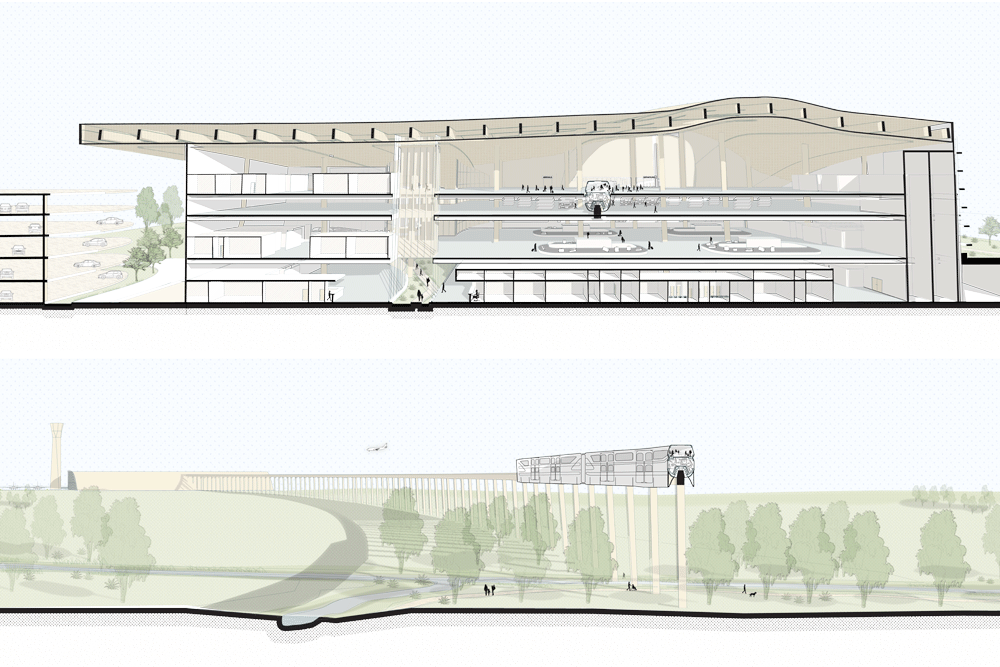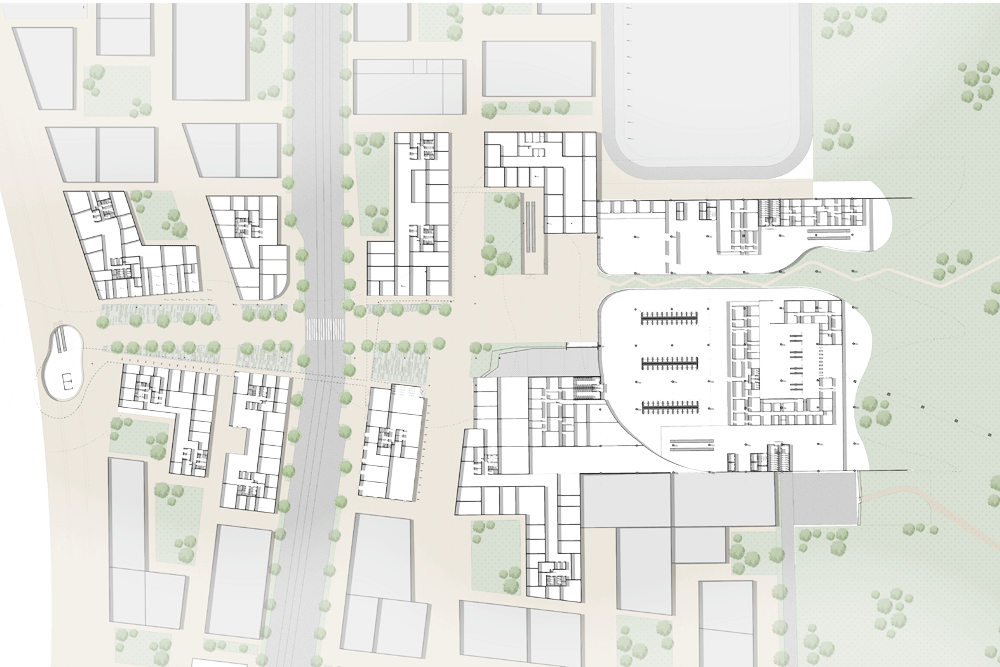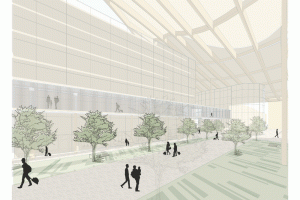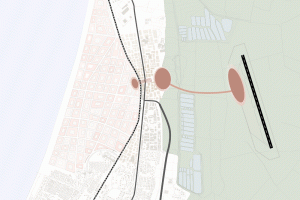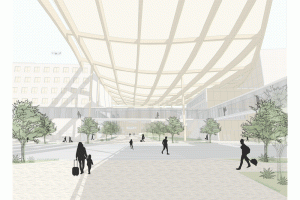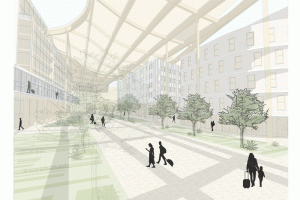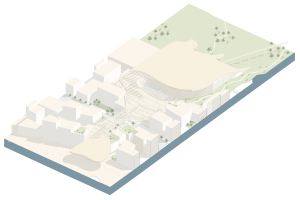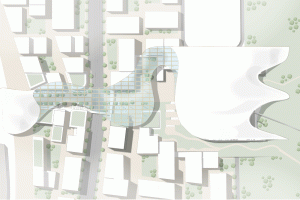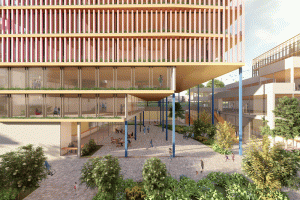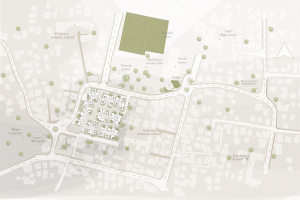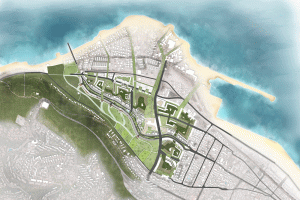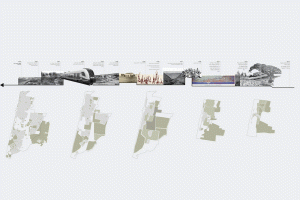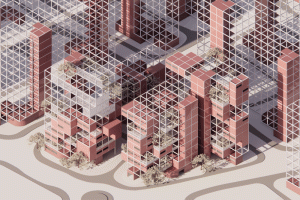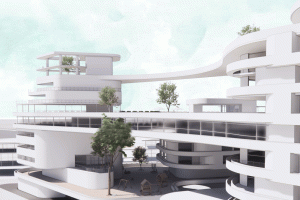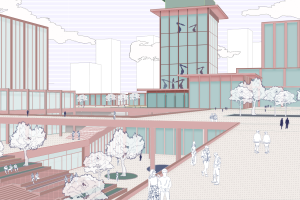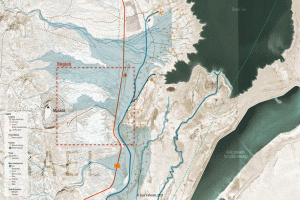The Aerial City: A Metropolitan-Urban-Local Project
This project presents a novel approach to airports in Israel, reimagining them as urban centers—catalysts for growth, innovation, and activity and anchors for their surrounding regions.
Based on the Aerotropolis concept, the proposed North Metropolis Airport envisions a new urban complex that leverages existing airport infrastructure while benefiting from metropolitan connectivity through nearby train and public transportation networks. The Aerotropolis model centers airport development around economic activity, creating efficient and interconnected networks of businesses, transportation, and residential areas. Recognizing the economic power of airports, this model seeks to transform them into thriving urban hubs.
The Aerial City project explores the question: How can a complementary airport catalyze metropolitan and urban development? Israel urgently needs an additional airport to handle approximately 20 million passengers annually. A 2017 site survey evaluated potential locations using technical criteria, ultimately narrowing the options to the Nevatim military airport and the Ramat David military base.
The Aerial City project introduces a new criterion for site selection: future impact assessment. Given the scale of airport infrastructure, its long-term effects and alignment with the state’s strategic plans must be considered. Airports drive environmental development, including infrastructure expansion, job creation, population growth, and economic activity. This project seeks to optimize the added value an airport can bring to its surroundings, with job creation, transportation links, and connectivity being crucial factors in the site selection process. Airports have far-reaching impacts, and careful site choice is essential to maximizing benefits while avoiding congestion and potential incompatibility with the local area.
The Emek Zebulon site, located between Krayot HaMeretz and Acre, emerges as the optimal location. Adjacent to the Haifa metropolis, it connects to the future Haifa Bay strategy and benefits from immediate transportation infrastructure. The planned airport will anchor a complex encompassing employment, commerce, leisure, recreation, and tourism, leveraging its infrastructure to create a dynamic new urban center.




